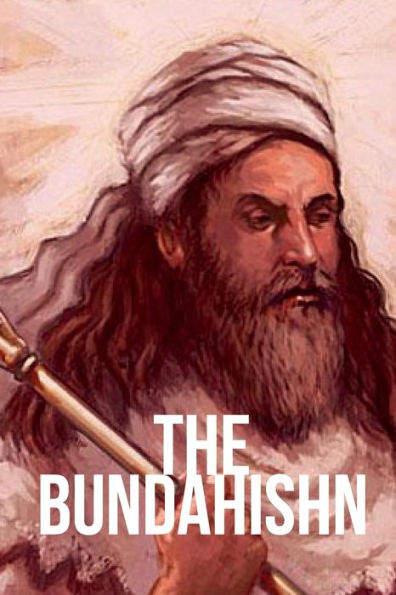Home
The Bundahishn
Barnes and Noble
Loading Inventory...
The Bundahishn in Franklin, TN
Current price: $16.99

Barnes and Noble
The Bundahishn in Franklin, TN
Current price: $16.99
Loading Inventory...
Size: Hardcover
Bundahishn , meaning "Primal Creation", is the name traditionally given to an encyclopediaic collection of Zoroastrian cosmogony and cosmology written in Book Pahlavi. The original name of the work is not known.
Although the Bundahishn draws on the Avesta and develops ideas alluded to in those texts, it is not itself scripture. The content reflects Zoroastrian scripture, which, in turn, reflects both ancient Zoroastrian and pre-Zoroastrian beliefs. In some cases, the text alludes to contingencies of post-7th century Islam in Iran, and in yet other cases, such as the idea that the Moon is farther than the stars, it reiterates scripture even though science had, by then, determined otherwise.
Although the Bundahishn draws on the Avesta and develops ideas alluded to in those texts, it is not itself scripture. The content reflects Zoroastrian scripture, which, in turn, reflects both ancient Zoroastrian and pre-Zoroastrian beliefs. In some cases, the text alludes to contingencies of post-7th century Islam in Iran, and in yet other cases, such as the idea that the Moon is farther than the stars, it reiterates scripture even though science had, by then, determined otherwise.
Bundahishn , meaning "Primal Creation", is the name traditionally given to an encyclopediaic collection of Zoroastrian cosmogony and cosmology written in Book Pahlavi. The original name of the work is not known.
Although the Bundahishn draws on the Avesta and develops ideas alluded to in those texts, it is not itself scripture. The content reflects Zoroastrian scripture, which, in turn, reflects both ancient Zoroastrian and pre-Zoroastrian beliefs. In some cases, the text alludes to contingencies of post-7th century Islam in Iran, and in yet other cases, such as the idea that the Moon is farther than the stars, it reiterates scripture even though science had, by then, determined otherwise.
Although the Bundahishn draws on the Avesta and develops ideas alluded to in those texts, it is not itself scripture. The content reflects Zoroastrian scripture, which, in turn, reflects both ancient Zoroastrian and pre-Zoroastrian beliefs. In some cases, the text alludes to contingencies of post-7th century Islam in Iran, and in yet other cases, such as the idea that the Moon is farther than the stars, it reiterates scripture even though science had, by then, determined otherwise.
![Wonderland [Barnes & Noble Exclusive]](https://prodimage.images-bn.com/pimages/0602557155105_p0_v4_s600x595.jpg)



![Shadowland [Barnes & Noble Exclusive]](https://prodimage.images-bn.com/pimages/0093624920434_p0_v2_s600x595.jpg)
![Wellspring [Barnes & Noble Exclusive]](https://prodimage.images-bn.com/pimages/0884501047746_p0_v1_s600x595.jpg)
![C'mon [Barnes & Noble Exclusive]](https://prodimage.images-bn.com/pimages/0751937362326_p0_v1_s600x595.jpg)
![Zaz [Barnes & Noble Exclusive]](https://prodimage.images-bn.com/pimages/0886977447327_p0_v1_s600x595.jpg)
![Parallel [Barnes & Noble Exclusive]](https://prodimage.images-bn.com/pimages/4050538947892_p0_v1_s600x595.jpg)
![Juno Concerto [Barnes & Noble Exclusive]](https://prodimage.images-bn.com/pimages/0888072024076_p0_v2_s600x595.jpg)
![This Is Soul [Barnes & Noble Exclusive]](https://prodimage.images-bn.com/pimages/0081227930530_p0_v2_s600x595.jpg)






